When visual effects supervisor Elliot Newman joined the team of The Lion King (2019), creating photorealistic hair for the numerous animals in the story was perhaps the most vital aspect of production. “It had been a year-and-a-half since Jungle Book, and, how do we do better?” Newman wondered about his previous film with The Lion King director Jon Favreau. “We wrote brand new hair shaders—each strand of hair was actually a cylinder. That type of microscopic detail we wanted to make look photo-real. We needed to know how light bounces back and reflects and scatters within the hair.”
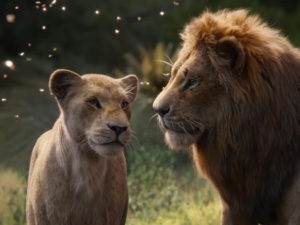
With regards to the new software, each hair became an object, critical to the degree to which audiences would accept digitally-rendered mammals. “So instead of being an illusion of hair, it’s actually a physical item,” said Moving Picture Company (MPC) visual effects supervisor Andy Jones. “When you light something exactly the way the sun would, your brain thinks it’s real.”
Additionally, grooming artists on The Lion King’s effects team sculpted and painted the thickness of the hair and its movement, including how it lays on each specific animal’s body. “Making it look as real as possible,” said Newman. “It’s one of the processes that is overseen. They even add dust and dirt that is clumped into the fur.”
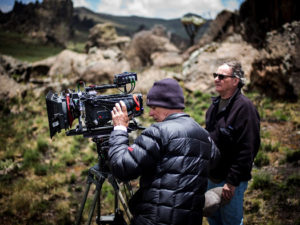
Starting in Africa, The Lion King’s production unit wished to capture the surroundings which would become environments in the finished film. “We were shooting reference photos and shooting pictures of the animals,” said visual effects supervisor Rob Legato. “We focused on, ‘If we were to shoot this for real, how would we go about it?’ We wanted the soul of the environment — we would move the camera to see different angles.”
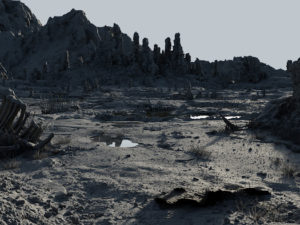
During principal photography in Los Angeles, over the course of 130 days, production worked with a storyboard before turning over the footage to the animation department. In this filming stage, Favreau and Legato would shoot the same scene from a selection of unique angles, just as in a live-action production. Then, the footage was assembled in an analog manner. At the same time, the digital build of the movie was beginning. “We had two teams working side by side,” said Jones, who primarily worked in London, supervising 1500 effects technicians. “We had the shoot team building the real-time [production]. In London, we were building the assets for the environments. We [would] take all the references and all the artwork, and we developed the characters and all the assets for the environment.”
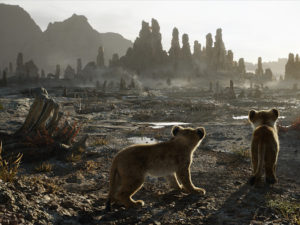
To create the initial digital animals, MPC developed assets from six to nine months. “The first few characters we built were more test beds for how we were going to develop the characters,” Jones explained, “technically set up how we would do the hair, how far can we push technology, how much detail can we put into the fur. So those would take longer than some of the characters you finish towards the end. Once we got the techniques down, our crew would get experienced enough. The characters that were done near the end took half the time than the ones in the beginning.”
Various animals were tested in separate lighting situations and in different poses. “We tried to work with the animation team, work with the rigging teams, pose characters, test different light scenarios, and [conduct] facial tests,” said Legato. “Is the character moving correctly? And that would inform you that maybe the model is off, and it’s not the animation.”
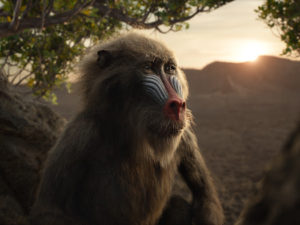
For Legato, who has supervised effects on many major productions, the fully digital world of The Lion King was yet another formidable but satisfying challenge. “Most of my career is trying to fool your eye into believing it’s real,” he said. “A lot of it is the way it is photographed. It creates the illusion of reality rather than just boldly photographing something. I’m more camera-oriented in terms of how to photograph something. Jon is a realist—he likes things that look like they can be achieved in reality, even in the way they move.”
Lastly, Jones professed that the hardest thing to do in the movie was to create totally believable characters. “Walking that fine line for performance—trying not to make them feel cartoony,” he said. “Make them feel real, but talk. We didn’t want to make another animated version of The Lion King.”





